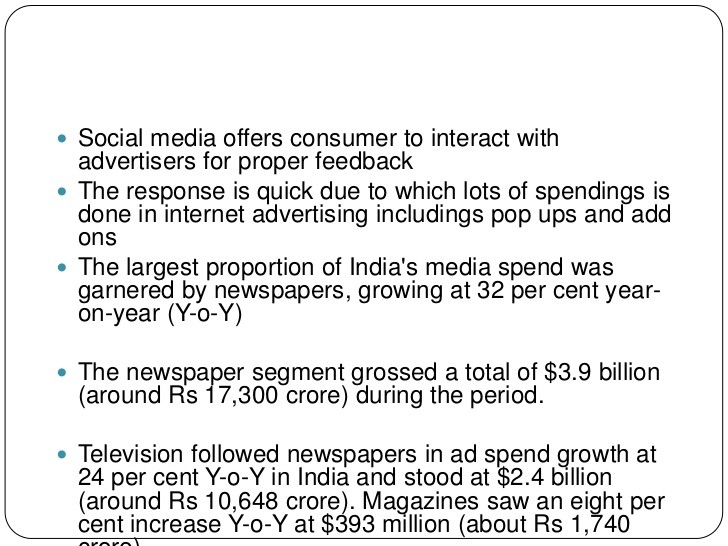Consumer spending is due for a pop
Post on: 17 Июнь, 2015 No Comment

Getty Images
A man at a gas station in Dellwood, Mo.
The consensus expectation among economists on Wall Street and at the Federal Reserve is that consumer spending will begin to increase at a more rapid pace in the coming months. This expectation is based upon several factors, but the two most commonly cited are the improvements in the labor market and the drop in energy prices.
Historically, rapid job growth and lower gas prices have put more money in the consumers pocket, allowing her to spend more freely. This time around, however, the spending gains have not been so robust.
One reason for the sluggishness could be that consumers simply dont see the gas-price decreases as permanent, and therefore they are more inclined to save the windfall. If this is indeed the case, we should know in fairly short order. A lag between lower gas prices and higher consumer spending is perfectly normal.
Meanwhile, prices at the pump are rebounding. According to AAA, the average price for a gallon of regular unleaded gasoline has increased every day for the past 28 days, bringing the national average to $2.30 per gallon.That reflects the recent increase in oil prices, but its also that time of year the start of driving season.
Demand increases every year beginning in February and generally peaks in August. Also in February, refineries begin maintenance for the changeover from winter blend to summer blend gasoline, which is more expensive to manufacture.
History shows a roughly nine-month lag between a drop in gas prices and increased consumer spending. Economists believe in rational consumers. When they feel secure, they spend and invest. Former Treasury Secretary Larry Summers uses the example of a refrigerator.
Tell a consumer that the economy will be weak and energy prices will stay high, and the consumer will buy a less expensive, energy efficient refrigerator. Tell him that the economy will be good and that energy prices will be low, and he will spend more money on a fancier refrigerator with through-the-door ice, water, and a beer tap.

If you tell the same consumer that the economy and energy prices will be volatile, and youre not sure in which direction, the consumer will not buy a refrigerator. He will sit on his cash and wait until more certain times.
So, notwithstanding the modest (and mostly seasonal) increase in gas prices over the past month, consumers should be about ready to spend some of their windfall. The current decline in energy prices is about nine months old.
It is true that increased uncertainty and lingering shell-shock from the financial crisis will probably keep wallets in pockets to a certain extent. But if history is a good guide, investors would begin to see a pickup in consumer spending almost any day now. If it starts, retailers should benefit.
Pay attention to retailers like Wal-Mart, Target, and the dollar stores for early signs.
For those considering investing in oil and energy companies, be careful and be nimble. Disciplined investors begin considering any asset that has endured a 50-percent price decline, but with history as a guide, this cycle may last a lot longer than many expect. If the rule is to buy low and sell high, these prices are not high relative to the past 10 years.
Commentary by Michael K. Farr, president of Farr, Miller & Washington and a CNBC contributor. Follow him on Twitter @Michael_K_Farr.














